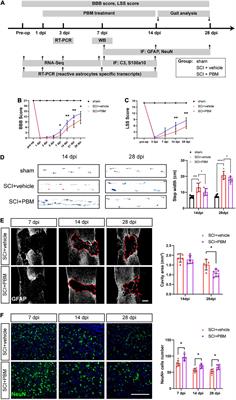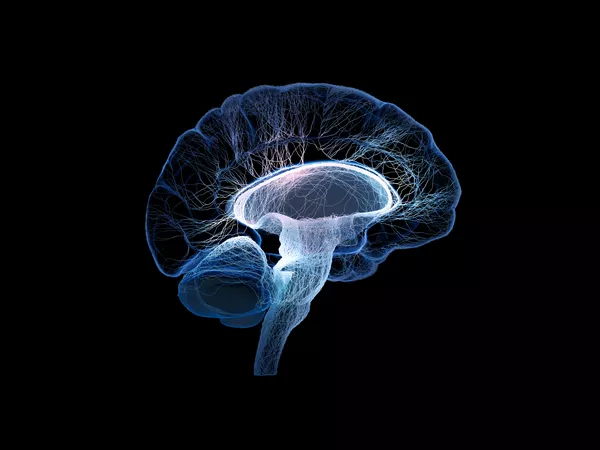SYSTEMATIC REVIEW
Published on 20 Sep 2022
Photobiomodulation for the treatment of neuroinflammation: A systematic review of controlled laboratory animal studies
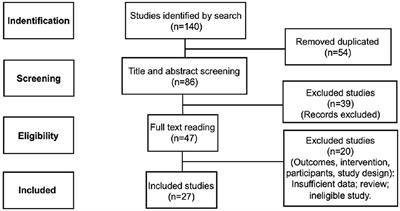
doi 10.3389/fnins.2022.1006031
- 9,118 views
- 31 citations
8,685
Total downloads
42k
Total views and downloads
SYSTEMATIC REVIEW
Published on 20 Sep 2022

REVIEW
Published on 28 Jul 2022
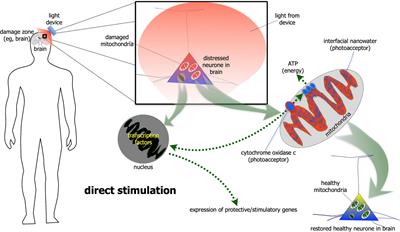
ORIGINAL RESEARCH
Published on 10 May 2022
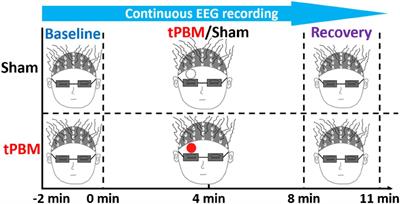
ORIGINAL RESEARCH
Published on 18 Mar 2022
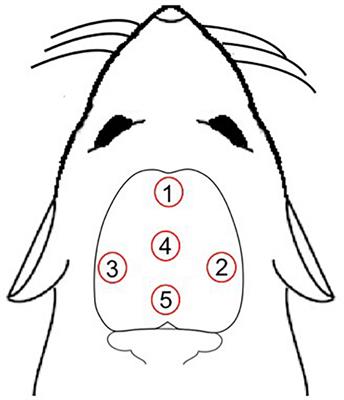
ORIGINAL RESEARCH
Published on 02 Nov 2021
